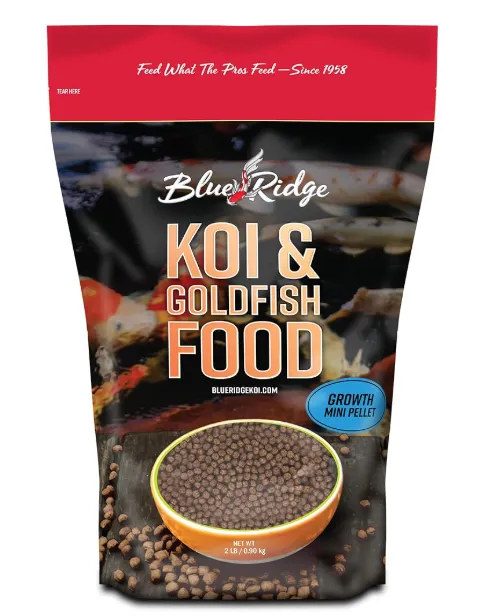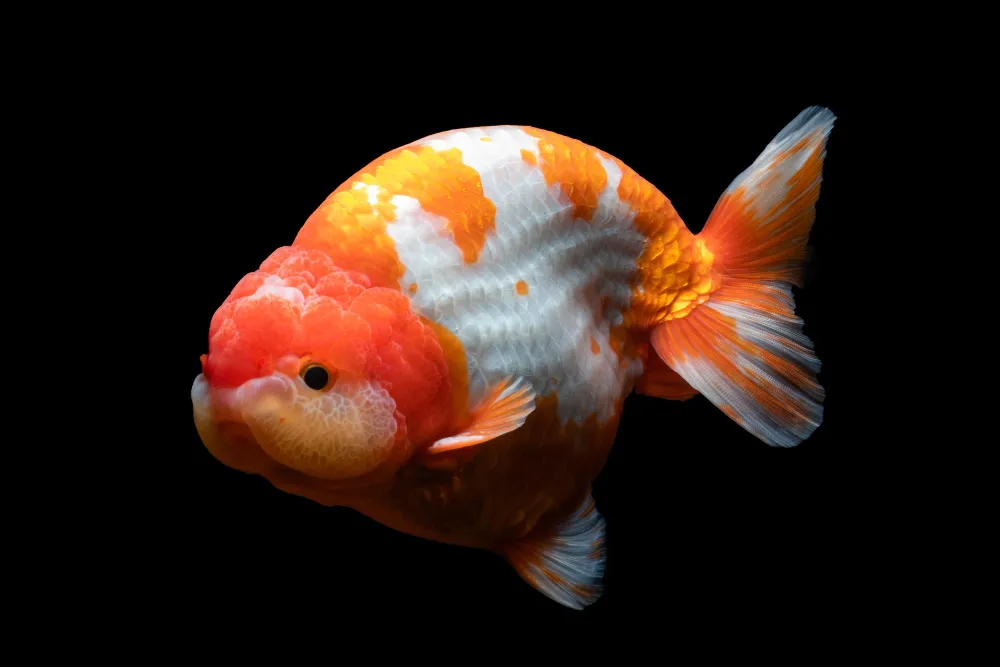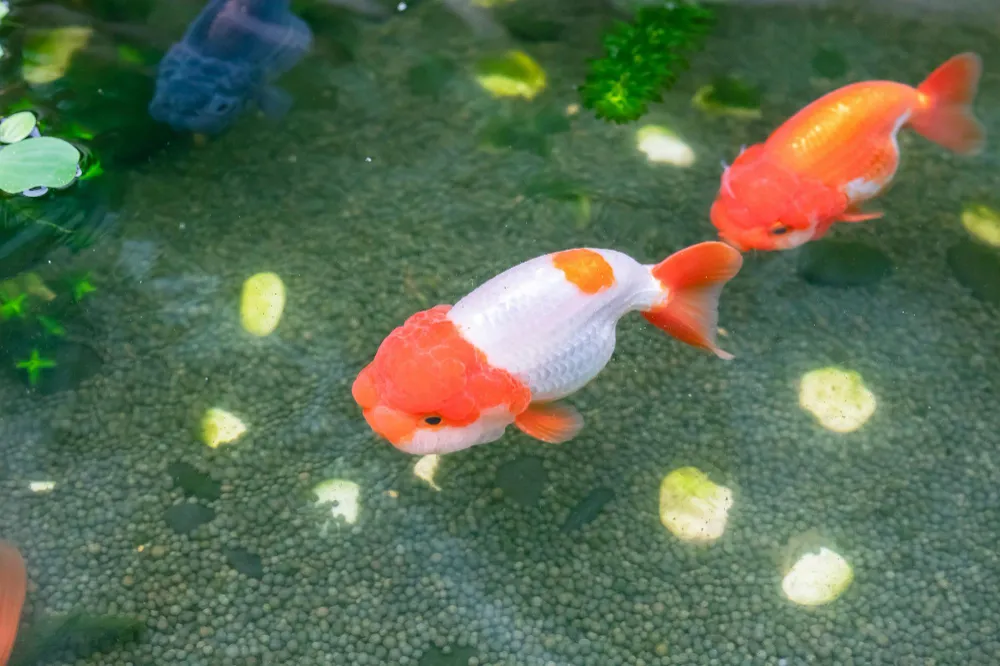

Why Goldfish Change Color
The Marvel of Goldfish Colors
why goldfish change color, Goldfish are more than just decorative pets; they’re miniature canvases painted by genetics, environment, and care. Their vibrant hues—from fiery orange to shimmering white—often change over time. But what triggers this? The answer lies in a mix of science, environment, and biology.

Genetics and Color Shifts why goldfish change color
Inherited Traits and Pigmentation
A goldfish’s color is coded in its DNA. Some goldfish are born with genetic traits that make them more likely to undergo color changes as they mature.
Why Some Breeds Are More Prone to Color Changes
Fancy goldfish, such as Shubunkins and Ryukins, often experience more noticeable color shifts due to their complex genetic makeup.

Environmental Influences on Goldfish Color why goldfish change color
The Role of Lighting Conditions
Goldfish need consistent exposure to natural or artificial light to maintain their vibrant colors. Limited light can dull their pigmentation, much like a photograph fading in a dimly lit room.
How Water Quality Affects Goldfish Hues
Dirty or poorly maintained water can stress goldfish, causing them to lose their color. Regular water changes and filtration are crucial for keeping their hues intact.
Temperature Fluctuations and Their Effects
Goldfish are ectothermic creatures, meaning their body temperature depends on their surroundings. Drastic temperature changes can influence their metabolism, which may lead to pigment alterations.

Nutritional Factors in Goldfish Pigmentation
How Carotenoids Boost Color Vibrancy
Carotenoids are natural pigments found in foods like spirulina, shrimp, and carrots. Including these in a goldfish’s diet can enhance their natural colors.
Foods That Keep Your Goldfish Radiant
Premium goldfish food enriched with carotenoids, vitamins, and minerals ensures they stay as vibrant as ever. Treats like bloodworms and daphnia can also add a splash of brilliance.
The Science of Skin Pigments
Chromatophores and Their Role
Goldfish have specialized cells called chromatophores that store pigments. These cells are responsible for their stunning array of colors.
Understanding Melanin in Goldfish
Melanin, a pigment responsible for darker tones, can increase under stress or as a response to environmental changes.
Age and Color Evolution
Why Goldfish Colors Fade or Intensify With Age
As goldfish age, their pigmentation can change due to shifts in their metabolic rate and pigment cell activity.
How Aging Impacts Pigmentation Patterns
Older goldfish may lose their vibrant hues or develop new patterns, making them even more unique.
Stress and Illness Impacting Color
Stress-Related Color Fading
Stress, whether from poor tank conditions or bullying tankmates, can lead to noticeable dulling of a goldfish’s colors.
Diseases That Cause Discoloration
Fungal infections, parasites, and bacterial diseases often lead to color loss. Keeping an eye on your goldfish’s health is crucial for their vibrancy.

Breeding and Artificial Color Enhancement
Selective Breeding for Specific Colors
Breeders often pair goldfish with complementary traits to create offspring with unique and striking colors.
Myths About Artificial Color Enhancers
Products claiming to artificially enhance goldfish colors can do more harm than good. A balanced diet and healthy environment are all you need.
Preventing Unwanted Color Changes
Optimizing Tank Conditions
Clean water, appropriate lighting, and a stable temperature are essential for maintaining a goldfish’s natural hues.
Ensuring a Stress-Free Environment
Provide plenty of space, hiding spots, and a peaceful environment to keep your goldfish happy and colorful.
Fun and Surprising Facts About Goldfish Colors
Rare Transformations in Goldfish Hues
Did you know some goldfish can turn completely white or even black? It’s rare but entirely natural.
Cultural Significance of Goldfish Colors
In many cultures, goldfish colors symbolize wealth, prosperity, and good luck. Their transformations are seen as signs of positive change.
Conclusion: Embracing Nature’s Artistry why goldfish change color
Goldfish are living works of art, and their changing colors are a testament to their adaptability and beauty. By understanding the factors behind their color shifts—genetics, environment, diet, and health—you can ensure your aquatic friends thrive and dazzle. So, the next time your goldfish surprises you with a new hue, you’ll know exactly why!
FAQs why goldfish change color
- Why does my goldfish turn white?
Changes in lighting, water quality, or age can cause a goldfish to turn white. - Can a goldfish revert to its original color?
In some cases, improving environmental conditions can help restore their original color. - Do goldfish color changes indicate their health?
Yes, vibrant colors often signify health, while dull hues can indicate stress or illness. - What can I feed goldfish to enhance their color?
Foods rich in carotenoids, like spirulina, bloodworms, and premium goldfish pellets, are excellent for enhancing color. - Which goldfish breeds are most likely to change color?
Breeds like Shubunkins, Calicos, and Ryukins are more prone to noticeable color changes.
You may also like
- https://giobelkoicenter.com/what-do-koi-fish-represent-symbolism/
- https://giobelkoicenter.com/feminine-small-koi-fish-tattoo/
- https://giobelkoicenter.com/koi-variety-discovering-30-koi-fish-varieties/
- https://giobelkoicenter.com/9-koi-fish-feng-shui/
- https://giobelkoicenter.com/lucky-number-of-koi-fish-in-a-pond/
- https://giobelkoicenter.com/pond-filter-maintenance/
Table of Contents
Passionate about fish keeping since elementary school in the 1980s, Giovanni Carlo has dedicated countless hours to collecting and breeding a diverse array of ornamental freshwater fish. From vibrant guppies and majestic koi to striking bettas and classic goldfish, he continues to explore the fascinating world of aquatics, sharing knowledge and enthusiasm with fellow fish enthusiasts.